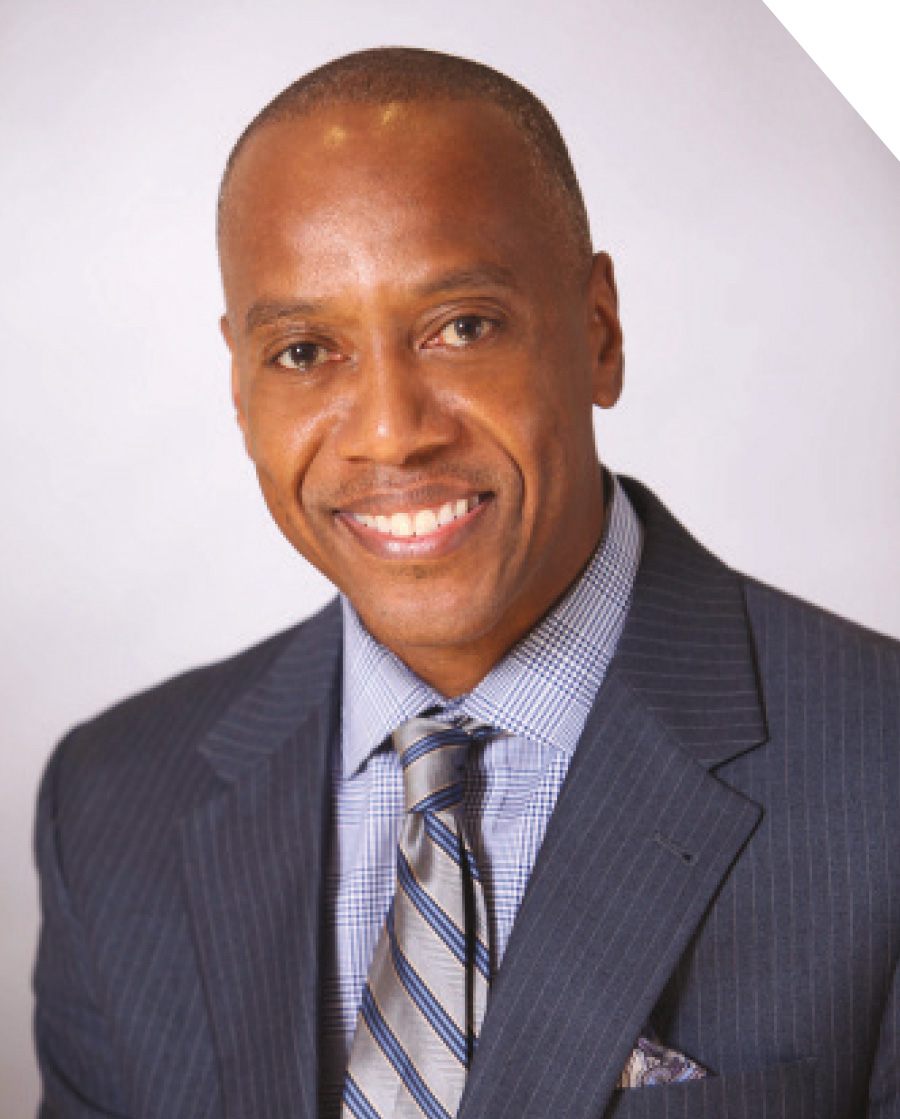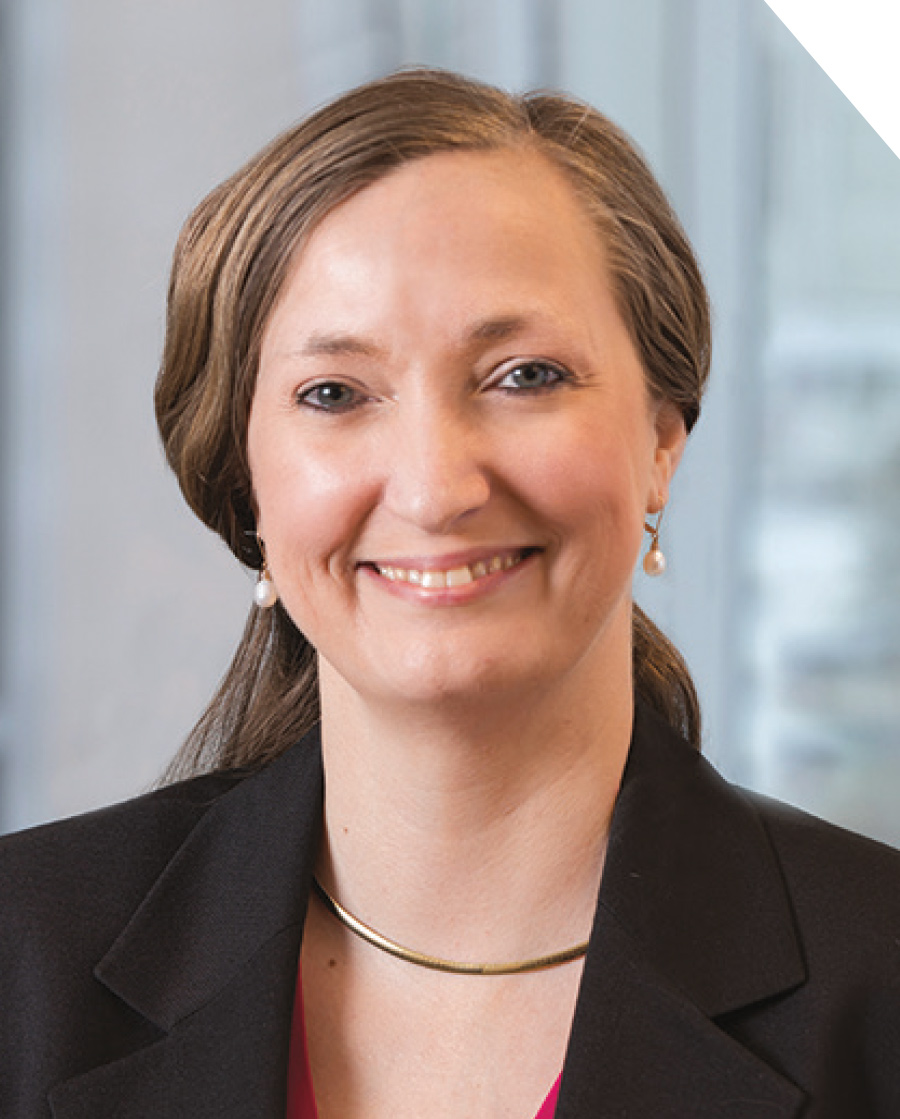ecent updates in the financial services sector address the important issue of inclusion. These adjustments aim to reduce discrimination, promote racial equity, and enhance access to banking services.
Financial inclusion broadly refers to individuals and businesses having access to useful and affordable financial products and services in a responsible and sustainable way. Also called inclusive finance, financial inclusion may focus on geographic regions, consumers of a specific gender, individuals of specific age, or other marginalized groups. It involves removing obstacles that prevent people from participating in the financial sector and improving their economic well-being. This often involves transparent and consumer-friendly offerings to reach unbanked and underbanked individuals, who typically face higher fees and limited savings opportunities.
In 2021, an estimated 4.5 percent of US households (5.9 million) were unbanked, which means no one in the household had a checking or savings account, according to the 2021 FDIC National Survey of Unbanked and Underbanked Households, released in October 2022. An estimated 14.1 percent of US households (18.7 million) were underbanked—meaning someone in the household had a bank account but also used nonbank products or services like money orders, check cashing, international remittances, rent-to-own services, or short-term cash advances like payday loans, auto title loans, tax refund anticipation, or pawn shops.
Bank regulators have long been scrutinizing financial institutions’ lending practices, but recent updates address a wider spectrum of services. Recent regulatory developments underscore their commitment to promoting fair, responsible banking practices and financial inclusion for all.
Last October, federal banking agencies revised their regulation implementing the CRA, the first significant change in about twenty-five years. The final rule—issued by the Office of the Comptroller of the Currency, the Federal Reserve Board, and the Federal Deposit Insurance Corporation—was designed to strengthen and modernize CRA requirements. The rule modifications support minority depository institutions and community development financial institutions (CDFIs), as well as in Native land areas, persistent poverty regions, and other high-need areas. The final rule also emphasizes smaller loans and investments that respond to the needs of LMI communities.
In Alaska, implementing CRA requirements is a top priority at First National Bank Alaska, which has a long history of addressing the community’s credit needs, according to Natasha Pope, the bank’s fair lending and quality assurance manager and CRA officer. “Our consistent and effective banking decisions are not a response to the moment but a cornerstone of who we are,” she says. “Supporting Alaskans and their financial needs has been the center of the bank’s success and what we strive to do each day.”
First National’s most recent CRA performance evaluation by the Office of the Comptroller of the Currency in January reflected the highest possible rating, “Outstanding,” in three performance tests: lending, investment, and services, according to Pope. In fact, it was First National’s eighth consecutive “Outstanding” rating. “Community development is more than one specific program at First National. It’s a philosophy we value, engrained in the beliefs and ideals of the bank and its employees, and it demonstrates the impact and commitment to the communities we serve,” Pope says.
In addition, a major update happened last year with the CDFI Fund, which expands economic opportunity for underserved people and communities through a national network of lenders, investors, and financial service providers. The CDFI Fund significantly revised the application and renewal process for CDFI certification, including new requirements relating to “responsible financing standards” and defining and serving a “target market.”

Wells Fargo
Martino adds, “The Banking Inclusion Initiative is more than just a project; it’s a decade-long pledge to bridge the financial gap and offer everyone the opportunity for economic stability and growth.”
Northrim Bank, with almost twenty branches in Alaska, is constantly looking for ways to offer its services to more people, including underserved communities, according to COO Amber Zins. In the past two years, Northrim opened three new branches in rural areas, including Kodiak, Nome, and Homer. In addition, Northrim’s online services also help the bank reach customers in rural areas.
First National—which has locations in nineteen communities—also enhanced its presence at several locations. It opened a loan production office in Ketchikan and relocated its Healy branch to a more convenient location along the Parks Highway.
While First National understands the importance of traditional brick-and-mortar branches for many customers, Pope says, it also recognizes the growing need for secure and reliable digital tools. “The bank’s online and mobile banking services are ADA-accessible and compliant with state and federal banking laws, regulations, and rules,” she says.
This summer sees the launch of a complete redesign of FNBAlaska.com to provide intuitive access to financial services and resources. “We are also focused on rolling out a new online and mobile banking platform designed to offer our personal and business banking customers a more modern, seamless, and accessible digital experience,” Pope says.
Wells Fargo is also leveraging technology with services like Fargo and LifeSync in its mobile app. Its Fargo virtual assistant enables users to manage finances and monitor credit. LifeSync is a personalized digital approach that aligns customers’ goals with their money.
Likewise, Northrim is improving financial inclusion with digital technologies. Northrim allows customers to open accounts online, apply for loans online, and provides electronic signing. Zins says, “Personal Finance is a user-friendly budgeting tool that the bank offers at no charge to consumers. And businesses can use remote deposit capture to scan check deposits from their office.”
One method Northrim employs is that underwriters for consumer loans have no contact with the customer so that they stay completely objective when reviewing the loan, according to Zins. Northrim also uses the credit score as a pricing tool, not a decision tool. The bank’s guidelines have mitigation triggers to lend to lower credit tiers while still offsetting its risk, which helps reach marginalized groups. “When you make a decision off the credit score alone, it adds unconscious bias to the process,” she says.

First National Bank Alaska
Wells Fargo also has a Diverse Customer Segments-Home Lending team to help evaluate potential product changes and understand their impact on CRA and fair lending requirements. Martino explains, “The Diverse Customer Segments-Home Lending team also participates in Wells Fargo’s annual stakeholder meeting, where the bank discusses its home-lending activity and HMDA [Home Mortgage Disclosure Act] performance and solicits feedback on how it can improve to serve historically underserved communities.”
First National recognizes its responsibility to provide credit services to all communities and regions it serves, Pope says. As such, the bank’s board of directors and leadership team regularly review lending policies and procedures that support anti-discrimination, which are updated and communicated to employees. First National also reviews its marketing and advertising materials to ensure inclusivity.
As another measure to avoid bias, the compensation structure for First National’s lending team is based on a salary, not tied to loan volume or any specific product or service. “The bank is committed to serving the genuine financial needs of its communities and customers while complying with all laws and regulations to ensure that no illegal discriminatory lending practices are in any way a part of this institution’s business practices,” Pope says.
Wells Fargo also offers a low-cost, small-dollar Flex Loan that gives digital account holders immediate liquidity for a low, flat fee. Furthermore, “Many of our customers who are immigrants to the United States also appreciate Wells Fargo’s ExpressSend remittance service,” Martino says. “This service provides remittance capabilities to Mexico and twelve additional countries in Central America, the Caribbean, South America, and Asia.”
At First National, a wide variety of specialized mortgage and commercial lending programs enable lending to low- and moderate-income individuals and minorities. For example, a Title VI loan helped a rural tribal council bring much-needed housing to its village. Additionally, Pope highlights responsiveness to rural Alaska’s credit needs through its continued use of the Title VI loan program for affordable housing and community development support.
Northrim Bank president and CEO Mike Huston works closely with organizations that focus on increasing access to low-income housing throughout Alaska. “These programs allow organizations to reduce tax liabilities while supporting community development and fulfilling regulatory obligations,” Zins says.

Northrim Bank
In addition, Northrim’s new Bank On account is geared toward providing banking services to the underserved. “Our pledge of CD/savings loan can be used as a credit builder,” Zins says. “Customers are able to use their own CDs or savings account to secure a loan.”
First National also has a longstanding commitment to Junior Achievement of Alaska, contributing annual financial and in-kind assistance as well as volunteering staff hours to help provide financial literacy in K-12 classrooms statewide.
Wells Fargo offers a free Hands on Banking education program about responsible money management for all ages. It also has free one-on-one financial coaching available to unbanked and underserved communities through HOPE Inside in collaboration with Operation HOPE. Wells Fargo has more than twenty coaching centers nationwide—with one soon to open in Alaska. “As part of our Banking Inclusion Initiative, we will be launching a HOPE Inside center in Anchorage, which will provide free financial coaching to the community by the end of 2024,” Martino says.
Martino says Wells Fargo is dedicated to enhancing the experience of all its customers who interact with the bank in a variety of ways, including through its retail branches, customer service centers, and online and mobile channels. “My Diverse Customer Segments team seeks to develop and deliver equitable and inclusive solutions that support its various customers, including diverse customers across the financial spectrum (i.e., from unbanked and LMI to affluent) as well as minority-owned businesses,” he says.
Pope emphasizes that First National has been providing fair and responsible community banking for more than a century, and that commitment will continue. She says, “We celebrate the diversity of our team and Alaska, believing that our differences enrich our lives and experiences, making our community uniquely Alaskan and better for everyone today and tomorrow.”